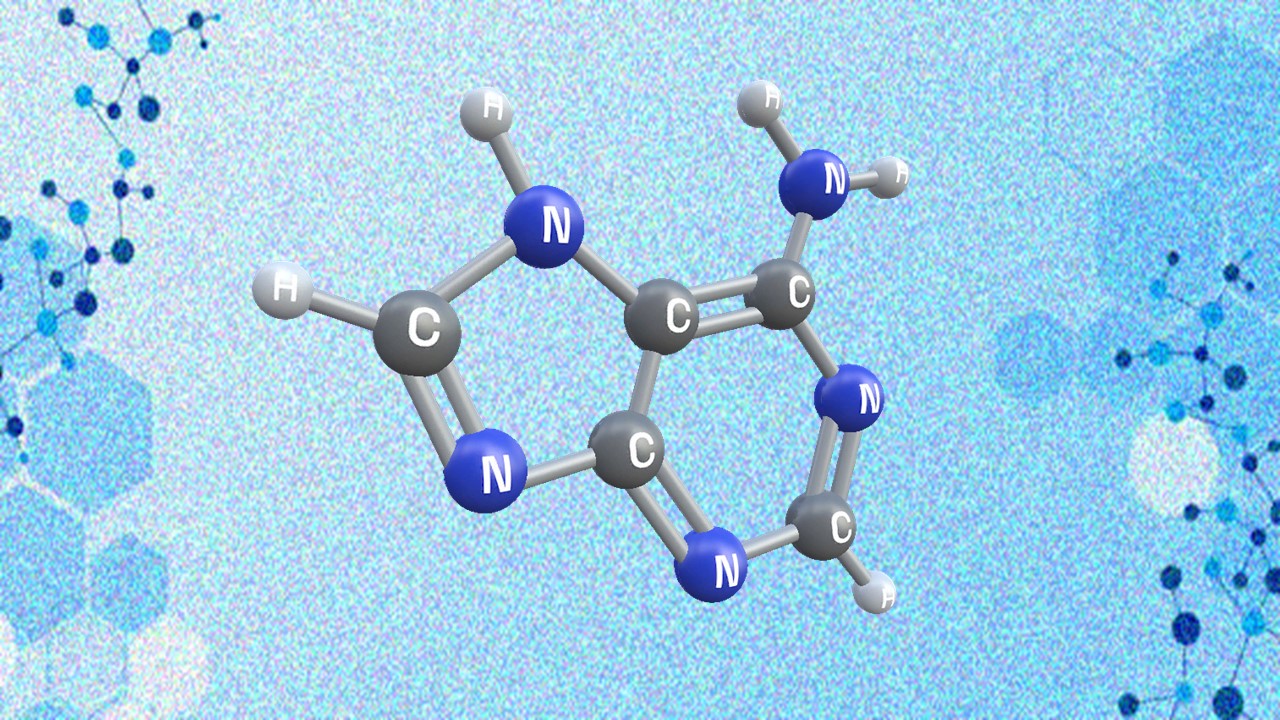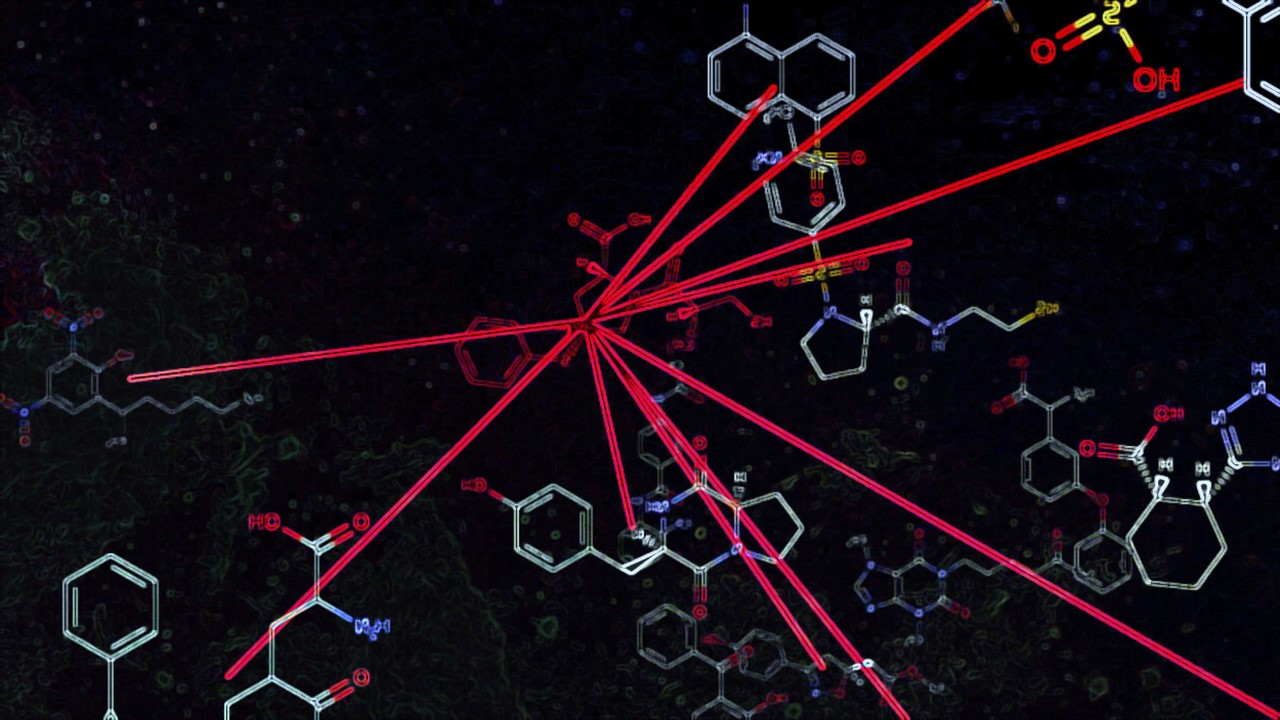Benzazepine derivatives are a significant family of seven-membered heterocycles that have garnered attention in the pharmaceutical industry due to their diverse bioactive properties. These compounds exhibit a spectrum of pharmacological effects, ranging from anti-allergic and anti-depressant to anti-hypertensive and diuretic actions. Given their therapeutic potential, chemists have embarked on a quest to develop efficient synthetic routes for constructing benzazepine derivatives.
Innovative Synthesis Approaches
Various synthetic methodologies have been explored to access benzazepine skeletons, including expansion of smaller rings, Beckmann rearrangements, transition-metal-catalyzed oxidative annulations, and radical reactions. Among these, radical cascade reactions have emerged as particularly promising, owing to their efficiency and simplicity. Notably, recent advances have showcased the utility of electrophilic selenylative cyclization and visible-light-promoted selective sulfonylation and selenylation in synthesizing selenium-containing benzazepines.
Electrosynthesis: A Green Revolution
In recent years, electrosynthesis has emerged as a green and efficient strategy for redox transformations, utilizing traceless electrons as redox agents. This approach eliminates the need for stoichiometric oxidants or reductants, thus minimizing waste and environmental impact. Breakthroughs in electrochemical radical cascade selenocyclization have paved the way for synthesizing selenium-containing heterocycles, further expanding the toolkit of organic synthesis.
The Novel Electrochemical Synthesis Methodology
Building upon the foundation of electrochemical radical cascade reactions, a team of researchers has developed a facile and efficient method for the synthesis of seleno-benzazepines under metal-free and external oxidant-free conditions. By leveraging N-allyl-4-methyl-N-(2-(1-phenylvinyl)phenyl)benzenesulfonamide and 1,2-diphenyldiselane as model substrates, the team achieved high yields of seleno-benzazepines through electrochemical synthesis.
Optimization and Substrate Scope
Through meticulous optimization of reaction parameters, including electrolyte selection, solvent choice, and electrode materials, the researchers identified conditions conducive to high-yielding synthesis. Subsequent exploration of substrate scope revealed the compatibility of various aryl and alkyl substitutions, paving the way for diverse structural modifications of benzazepine derivatives.
Scalability and Practicality
The scalability of the electrochemical synthesis method was evaluated, demonstrating its potential for large-scale production. Moreover, the synthesized seleno-benzazepines could be readily transformed into non-selenated heterocycles, showcasing the versatility and practicality of the protocol.
Mechanistic Insights
Mechanistic studies provided valuable insights into the reaction pathway, suggesting a radical-mediated process involving selenium radical intermediates. Control experiments and cyclic voltammetry experiments supported the proposed mechanism, shedding light on the underlying chemistry driving the electrochemical synthesis of seleno-benzazepines.
Future Perspectives
In conclusion, the development of a general and efficient electrochemical synthesis approach for seleno-benzazepines represents a significant advancement in organic synthesis. This eco-friendly method offers a sustainable and cost-effective route to access benzazepine derivatives, with potential applications across the pharmaceutical and agrochemical industries. Further research endeavors aim to explore the broader utility of electrochemical oxidative radical cascade cyclization in synthesizing diverse heterocyclic compounds, opening new avenues for drug discovery and materials science.
Study DOI: http://dx.doi.org/10.1039/d4ra01914h
Engr. Dex Marco Tiu Guibelondo, B.Sc. Pharm, R.Ph., B.Sc. CpE
Editor-in-Chief, PharmaFEATURES

Subscribe
to get our
LATEST NEWS
Related Posts

Medicinal Chemistry & Pharmacology
Synthetic Chemistry’s Potential in Deciphering Antimicrobial Peptides
The saga of antimicrobial peptides unfolds as a testament to scientific ingenuity and therapeutic resilience.

Medicinal Chemistry & Pharmacology
Appreciating the Therapeutic Versatility of the Adenine Scaffold: From Biological Signaling to Disease Treatment
Researchers are utilizing adenine analogs to create potent inhibitors and agonists, targeting vital cellular pathways from cancer to infectious diseases.

Medicinal Chemistry & Pharmacology
Bioavailability and Bioequivalence: The Makings of Similar and “Close Enough” Drug Formulations
Scientists are striving to understand bioavailability complexities to ensure the equivalence of drug formulations from different manufacturers, crucial for clinical effectiveness.

Medicinal Chemistry & Pharmacology
Primer on Applied Biopharmaceutics and Pharmacokinetics: Part III
In the third part of the Biopharm and PK PharmaFEATURES Primer, we take a deeper dive in mathematical modeling to better estimate drug dosing and generate better predictions of drug efficacy vs time of medications.










